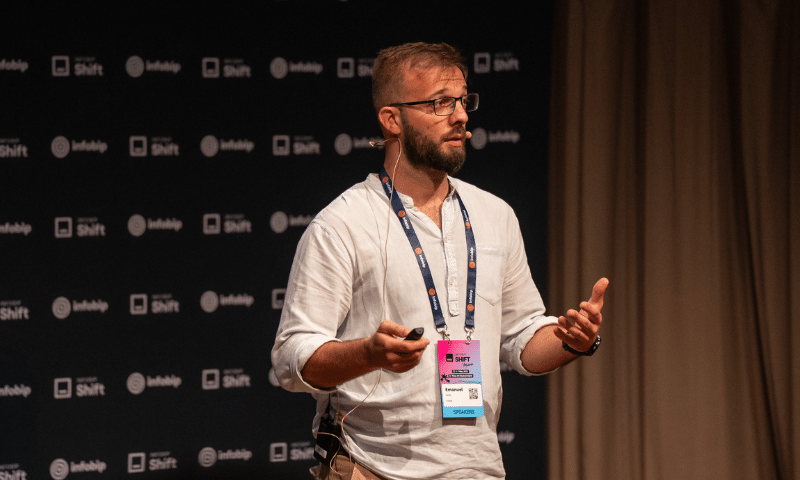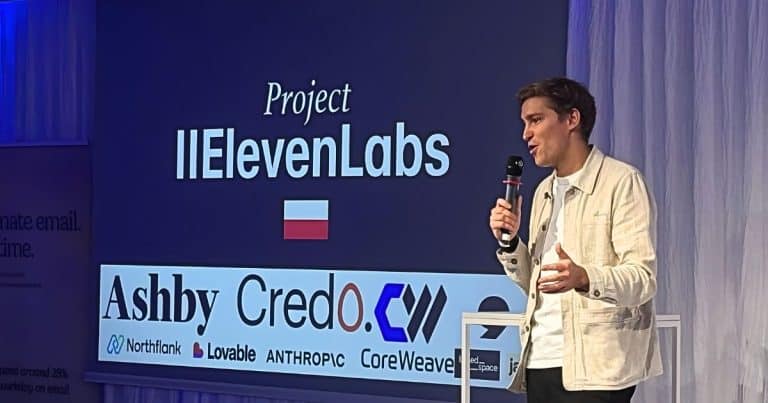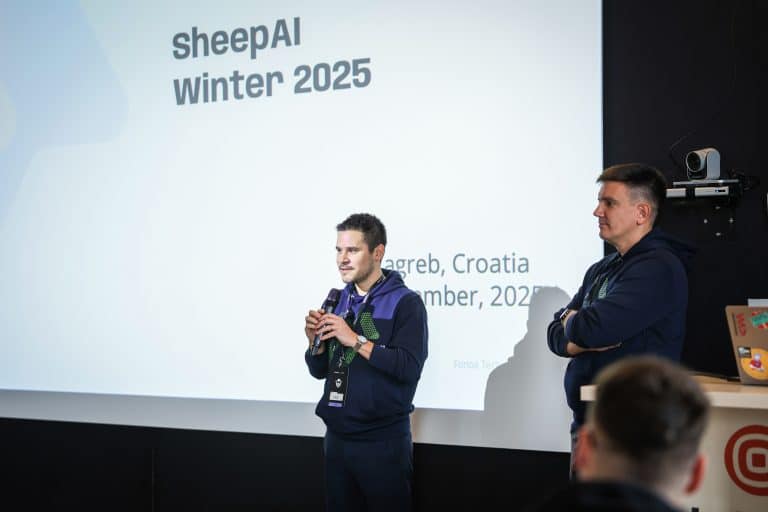How We’ve Built An MCP Server For Messaging


At this year’s Shift conference in Miami, Emanuel Lacic (Principal Engineer, Infobip) provided a glimpse into the future of agentic AI, where large language models do more than just generate text – they can actively shape the real world.
His talk centered around Infobip’s integration of the Model Context Protocol (MCP), a new open standard that enables AI agents to directly access and execute remote API calls — including Infobip’s own CPaaS tools like SMS, Viber, and WhatsApp — without glue code or manual integration. MCP is quickly emerging as a major trend in the tech industry, with many companies jumping on board. Let’s look at how Infobip plans to integrate its CPaaS tool channels in the near future to drive automation and improve usability.
Enabling AI agents to do more than just talk
Rather than simply diving into the buzz around generative AI and autonomous agents, Emanuel began by challenging the status quo. Instead of focusing on the conversational abilities of large language models, he posed a more ambitious question: “How can we make agents not only talk, but actually do something meaningful?“
Traditionally, implementing actions required developers to manually stitch together APIs, write middleware, and carefully orchestrate how LLMs interacted with external tools. However, as Emanuel explained, this approach doesn’t scale, especially when every API has its own specifications and quirks.
Infobip’s answer is to remove this friction entirely.
Infobip’s CPaaS is now agent-friendly
Infobip’s CPaaS platform is known for enabling messaging across SMS, Viber, WhatsApp, and other channels. Until now, integrating these services into an AI pipeline required traditional API work: reading documentation, generating JSON payloads, and writing manual code. With MCP, LLMs can now do all of that themselves, Emanuel explained:
We wanted to eliminate the need for glue code entirely. Developers shouldn’t have to write a single line of custom logic just to send a message or trigger an action. With a prompt and an agent, it should simply work.
Infobip has launched its own MCP endpoint – currently in beta – that opens up its communication tools to agentic AI. Developers can now instruct a language model to send messages, retrieve account data, or manage users using a simple prompt. The agent handles method discovery, request formatting, and real-time execution. Emanuel explained:
Our APIs are now machine-readable and model-understandable.That means agents can independently explore what our platform can do — and use it without any human intervention.
How does this actually play out in practice?
To illustrate what’s already possible, Emanuel shared two examples.
In a real customer support scenario, a company might use an AI pipeline to analyze customer sentiment. If a negative message is detected, the system automatically drafts and sends an apology via WhatsApp. Previously, developers had to manually integrate sentiment analysis with Infobip’s messaging API. Now, with MCP, an agent can manage the entire flow – from interpreting feedback to sending the message – all from a single prompt.
The second example was a bit sweeter: imagine launching a new chocolate product and wanting to send a Viber campaign with an image and message. All the agent needs is a prompt containing the product description, image, and recipient details. From there, it composes the message, identifies the appropriate API call, and sends it, even intelligently splitting the content into text and image components when necessary.
The future is prompt-driven
The key takeaway?
MCP marks a fundamental shift in how we build AI applications. Instead of manually integrating APIs, developers can simply describe the desired outcome, and let the agent handle the rest.
It’s all about removing the glue code. You don’t need to code anything. Just use generative AI, and it should do all the work for you.
The Model Connector Protocol represents a step toward making AI agents more capable, reliable, and adaptable in real-world systems. By shifting the burden of integration from developers to the agents themselves, MCP opens the door to new possibilities for automation and intelligent behavior.
While the technology is still evolving and early in adoption, its potential impact is clear – especially for platforms like Infobip that are already central to communication workflows. As more developers experiment with MCP, its role in shaping the future of AI infrastructure will become increasingly important.


